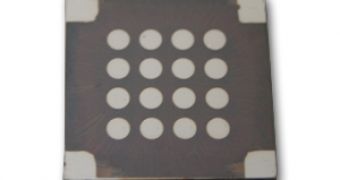Solar panels are definitely something that the IT market is trying to harness, seeking to make it so that the environment footprint on technology lessens as much as possible, but an alternative solar capturing solution might finally have become viable.
Harnessing solar energy is something that scientists have been trying to optimize for many years, even decades.
Actually, a measure of success was achieved as well, as even consumer electronics are now using solar panels, even though their number is very low still.
Meanwhile, researchers have been trying to see how they could harness the potential of quantum dots, essentially nano-particles that can turn light into electricity.
Unfortunately, the main issue encountered here is the very low efficiency, since one layer of quantum dots can only harvest one single wavelength of the full solar light gamut.
It now becomes apparent that this was a situation where more is better, or can be if things are gone about in the correct way.
What researchers from the University of Toronto discovered is that, if one layer is not enough, they can just add more and configure them for different parts of the light spectrum.
So far, a dual-layer quantum dot implementation has been tested, but the scientists hope to succeed in adding a third and fourth one, in order to make the technology commercially feasible.
All in all, depending on how their efforts go, the researchers should be able to invent a current-generating paint that is both cheap to make and abundant.
"The problem with quantum dots is that electrons have a high probability of not making it to the electrodes where they can be collected, so that has limited their efficiency," says John Asbury, a professor of chemistry at Penn State University. "To really have an impact means developing strategies to control those trapped states."

 14 DAY TRIAL //
14 DAY TRIAL //